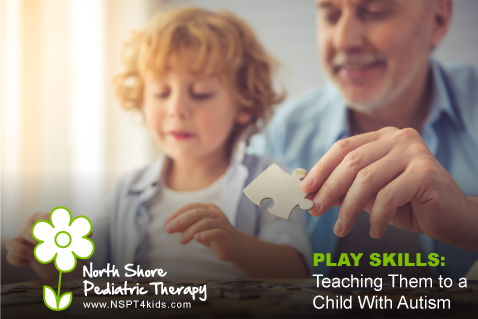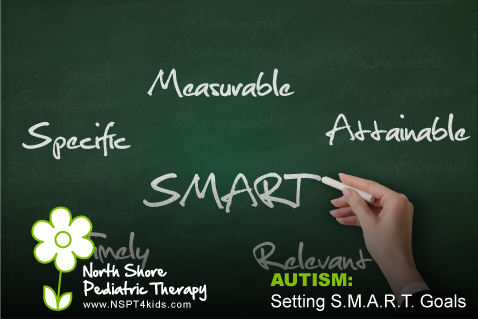When a child with autism reaches the age of nine or ten, it is important to start emphasizing life skills within their therapy and classroom curriculum. Life skills have been defined by the World Health Organization as “abilities for adaptive and positive behavior that enable individuals to deal effectively with the demands and challenges of everyday life.” Within the last ten years many special education programs have been veering away from life skills prioritizing an academic standardized curriculum more aligned to the needs of a general education population. While these skills are important when preparing for college or a future job position, it is just as important to know how to perform life skills.
Below are some ideas of ways to practice life skills whether you are a teacher, therapist, or parent with a child with autism:
- Take public transportation– Whether in the classroom or on a field trip, taking public transportation provides many opportunities to build life skills. Have the child look at a map to decide what bus or train route is best. Have them count out money to buy a ticket and ring the bell when they have reached their stop.
- Make Lunch– Teach your child to make a simple lunch food such as a peanut butter and jelly sandwich. You will need to model this in the beginning, and depending on the child’s fine motor abilities, you might have to provide assistance when spreading the condiments on the bread. But the best thing about making food is that when it is a food the child likes, the end result of eating it is naturally reinforcing.
- Grooming routine– Brushing teeth, brushing hair, taking a shower and putting on deodorant are all life skills that become important to master during adolescence and the early teen years. Break each task into steps, and if necessary, provide pictures of each step to assist the child in remembering “what comes next.”
- Complete a daily chore– Start to assign your child a daily chore and have them complete that same chore until they have mastered it. It is best to start with a simple two- to three-step chore like carrying dirty clothes to the laundry room (e.g. pick clothes up from off the floor, carry them to the laundry room, drop them in the laundry basket). Whichever chore you choose, you will need to model each step in the beginning and provide prompts to assist with each step.
Joining a social group or life skills group is a great way to have a professional assess which skills your child would thrive at best!



































